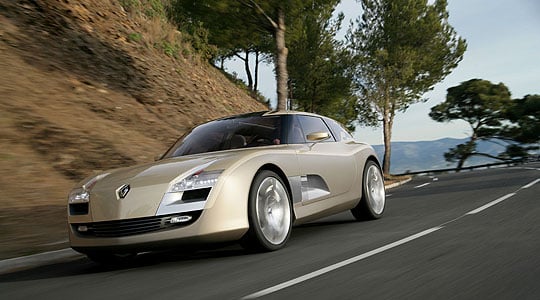
Renault has produced a design concept that, with its long bonnet and sharply truncated roof and tail, apes the famous Ferrari 250 GT 'Breadvan' of the early 1960s. To be debuted at Geneva later this month, the car is powered by a 177hp 2.0 dCi particulate filter-equipped diesel engine that takes the car from a standing start to 100kph in just 7.5s.
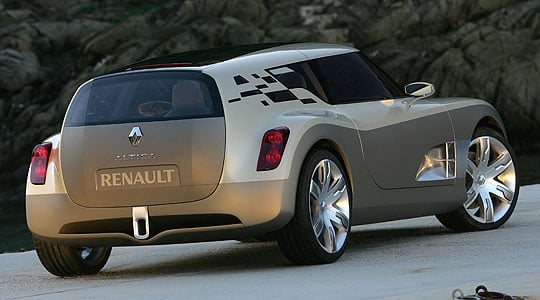
The car has a panoramic windscreen and rear window, and this combined with the two-tone paintwork, low-slung lines, long bonnet and prominent wings shows an estate with sporting pretensions.
The mosaic design of the rear quarter lights allows sunlight to filter into the cabin much like it does through stained glass windows and gives the interior a more welcoming feel. The layout and angling of the panes ensure good three-quarter rear visibility for the driver when parking.
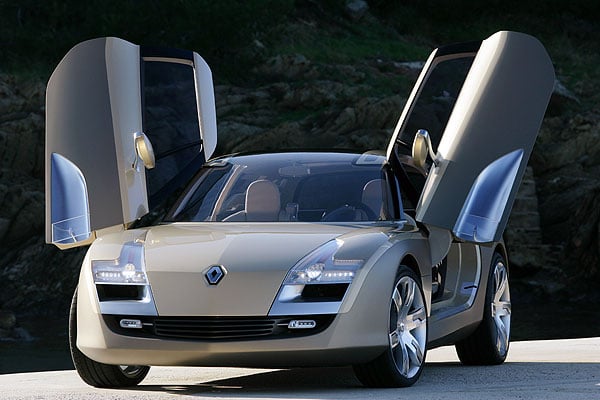
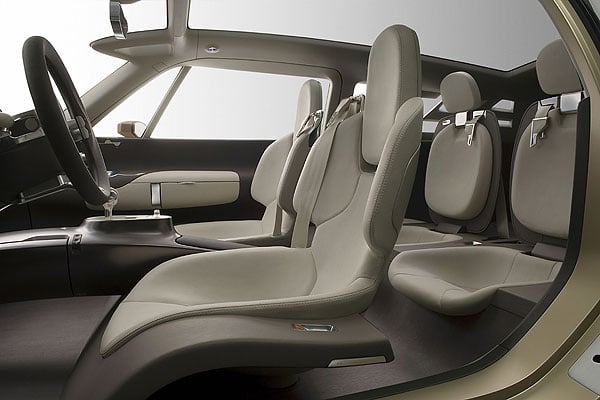
The headlamps feature four different modes - daytime running lights (DRL), sidelights, dipped beam and main beam - and function using rows of diodes.
They also produce a halo effect when the DRL mode is selected. This is achieved in two ways. First of all, each polycarbonate headlamp module cover is speckled with thousands of small, micro-engraved nicks. Invisible to the naked eye, these nicks have no effect on the beams and permit light to pass unhindered. In the daytime running mode, however, the surface of the module cover is illuminated from the edge. The light is accordingly trapped inside the mass and spreads out like a fluid over the entire surface to produce an original and effective halo effect for the DRL and sidelight functions.
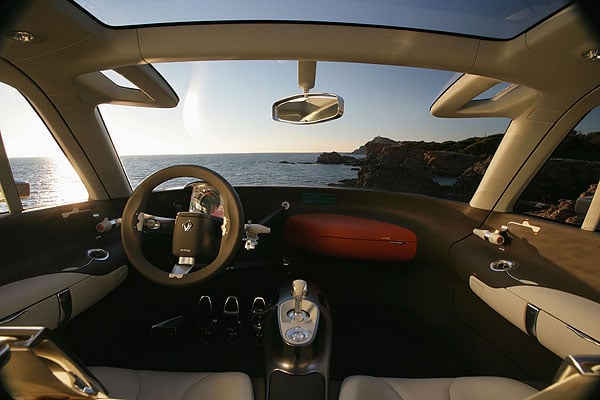
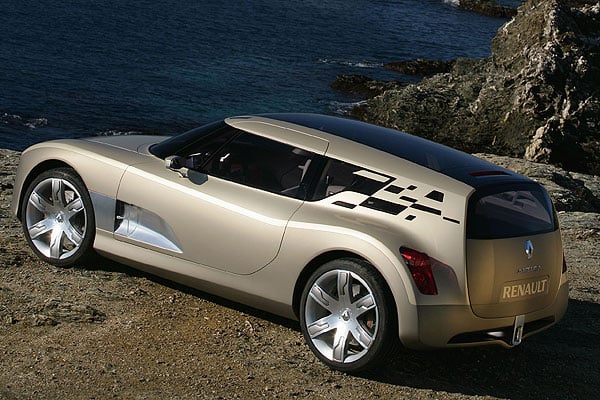
Access to the Altica is by way of scissor doors, and once inside passengers are promised four individual seats boasting 'outstanding comfort'. The pedals and steering wheel moves towards the fixed driver's seat to suit.
The centrally-positioned dashboard features two display modes: "comfort" and "sport". The "comfort" mode indicates the car's speed in the centre of the display while the perimeter shows the legal speed limits which turn red if exceeded. In the "sport" mode, the speed continues to be displayed in the middle of the dial but the perimeter becomes a digital rev counter and turbo pressure indicator. The graphics of the high-resolution screen provide a distinctly human touch to this high-tech display which itself suggests watchmaker-like precision and sophistication.
The rear seat backs can be folded into the flat floor which is equipped with straps that permit heavy or bulky loads to be held secure. This layout transforms Altica into a two-seater sports coupé with a vast 1,300-litre boot, while the boot lid provides very easy access and an extremely low loading sill.
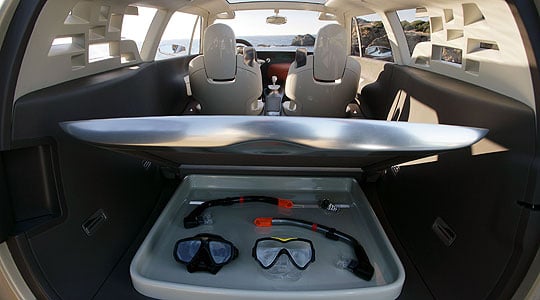
Altica's low fuel consumption (140g of CO2 per kilometre) stems from its exceptional aerodynamics. Located at the extremity of the roof at the point where the vehicle and the passing air flow separate, a discreet mechanical system generates jets of air which are alternately blown and sucked through a 2mm wide slit. Known as "Synthetic Jet", the system actively controls the separation of the air flow according to the vehicle's speed. This innovative technique, which reduces drag and controls the structure of the air flow, is a registered Renault patent and reduces the car's Cd at 80mph by 15% for an energy consumption of just 10W.
Text: Classic Driver
Photos: Renault
ClassicInside - The Classic Driver Newsletter
Free Subscription!







